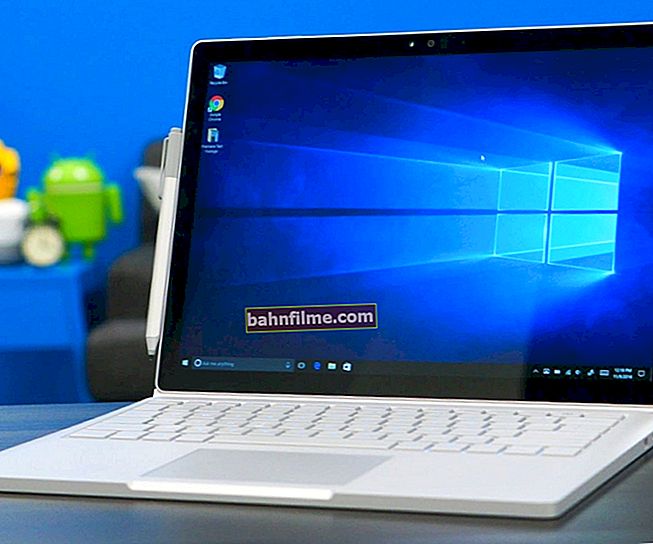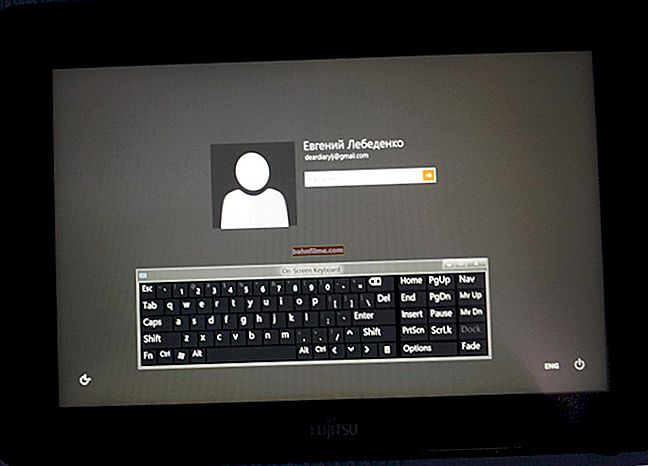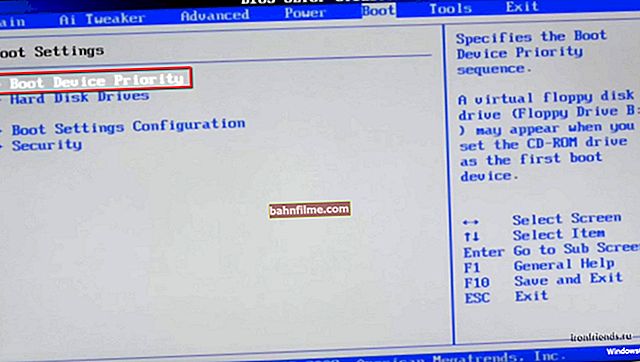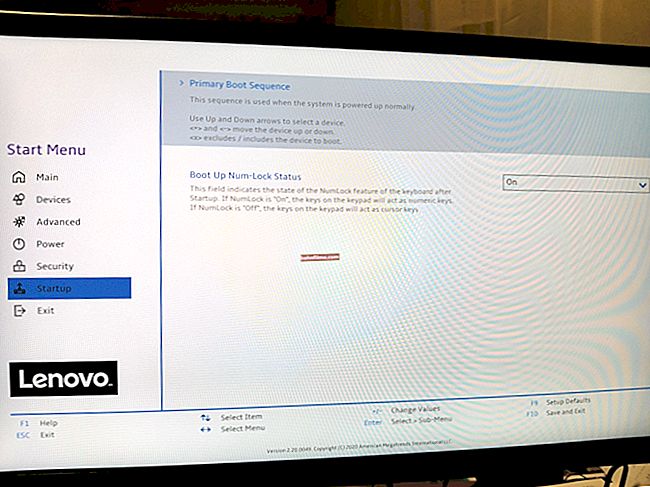 Good day everyone!
Good day everyone!
Not all users are aware of the existence firewall in Windows (special program that protects the work with the network). But it often blocks connections during network games (for example), when downloading (transferring) files, the operation of certain programs, etc.
Of course, in some cases it is recommended to disable it (for example, when diagnosing, troubleshooting). In my notes, I also mention this periodically ... 👌
Actually, below there are several universal ways to disable the firewall, one of which should definitely work regardless of the version of your Windows 10 operating system.
*
4 ways to disable firewall
❶
Through the control panel
1) First, open the control panel and go to the section "System and safety" .
2) Next, you need to click on the tab Windows Defender Firewall (see the example in the screenshot below).

Windows Defender Firewall
3) After, in the menu on the left, open the link Turn Windows Defender On and Off .

Enable - disable
4) Then switch the slider to the mode "Off" as shown in the screenshot below and save the settings.

Disable
That's it, the firewall no longer works (Windows, by the way, will immediately begin to warn you that it is not safe ... 👋).
❷
Through OS parameters
1) Go to the START menu and open the Windows settings (see the picture below).

START - parameters
2) Next, you need to open the tab Update & Security / Windows Security ... Among the presented list - click on the link "Firewall and Network Protection" .

Windows Security
3) After clicking on the tab "Private network" .

Private network
4) And the final touch - switch the switch to the mode "Off" .

Off
❸
Using the command line
The method often helps out in cases where the control panel freezes or does not open at all ...
1) First you need to open a command prompt as administrator. To do this, press the combination Ctrl + Alt + Del (to bring up the task manager), click on "file / new task" and use the CMD command.

CMD as administrator
2) Next, copy the NetSh Advfirewall set allprofiles state off command and press Enter. If everything went well, the OK message will appear. See screenshot below.
Note: to re-enable the firewall - use the command NetSh Advfirewall set allprofiles state on.

NetSh Advfirewall set allprofiles state off - command to disable
❹
Using the Group Policy Editor
1) Open the group policy editor: press the combination Win + R, and use the commandgpedit.msc... See the example in the screenshot below.

gpedit.msc - launch the group policy editor
Note: in some versions of Windows 10 (for example, home) - the Group Policy Editor is not available!
2) Next, you need to open the tab "Computer Configuration / Windows Configuration / Security Settings / Windows Defender Firewall Monitor ... / Windows Defender Firewall Monitor ..." ... Then go to the properties of the defender (see example below).

Monitoring Windows Defender Firewall
3) Then open the tab "Private profile" and switch the firewall state to "disable" ... Problem solved 👌 ...

Private Profile - Disable
PS
In Windows 10, notifications often pop up in the lower corner of the screen: something has been downloaded, something has been updated, etc. They can be turned off quite easily and not be distracted ... (link below)

How to disable notifications popping up in the bottom corner of the screen in Windows 10 - //ocomp.info/windows-10-otkl-uvedomlenia.html
*
That's it for now ...
Good luck!
👌









